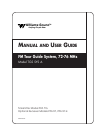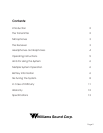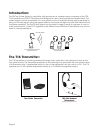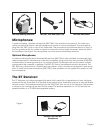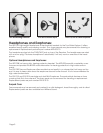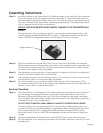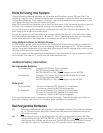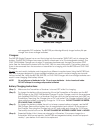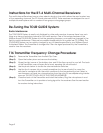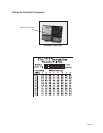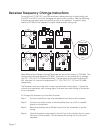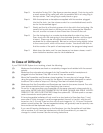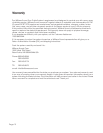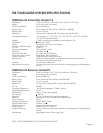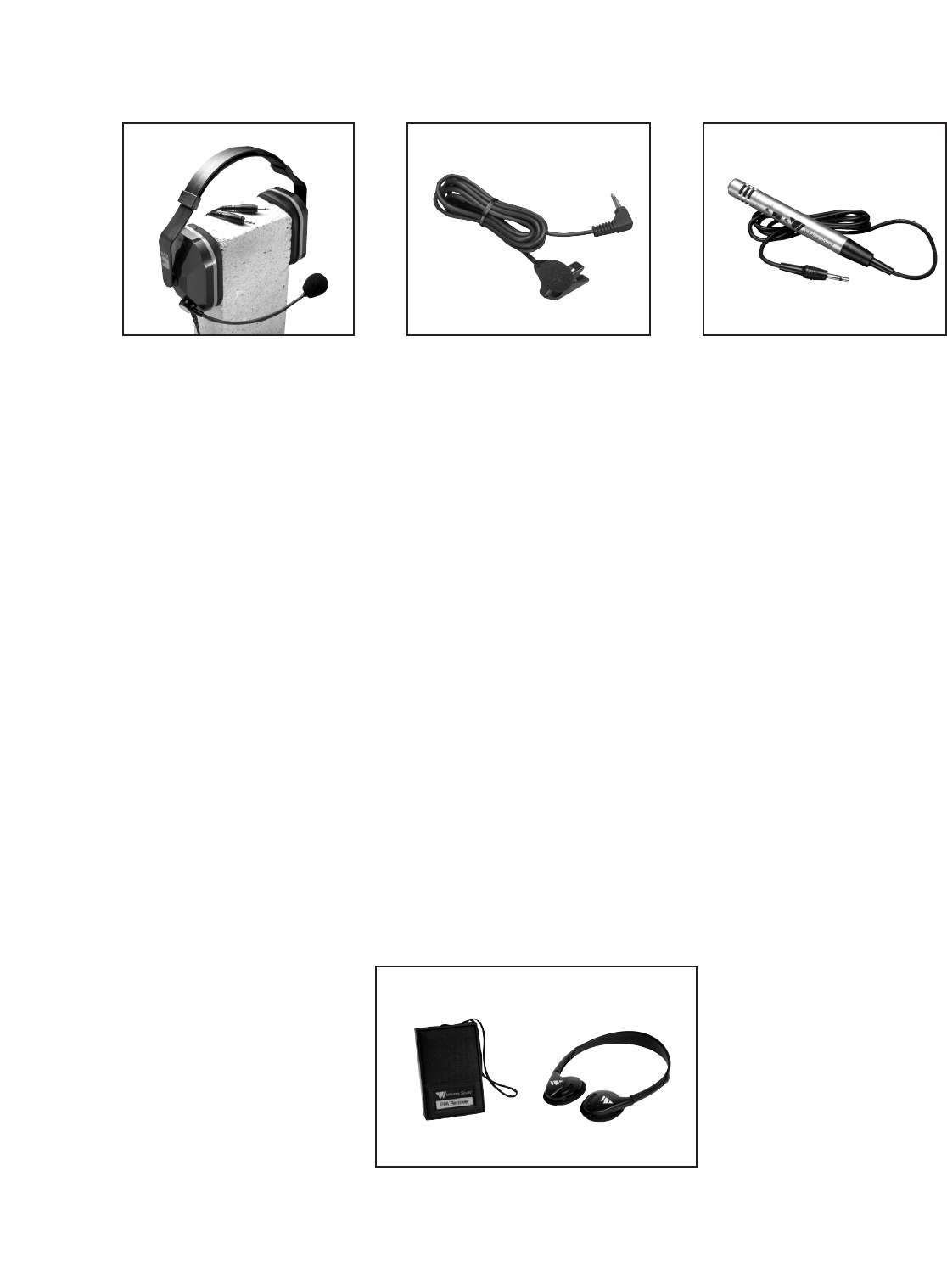
Microphones:
A noise-cancelling, headset microphone (MIC 044) is the standard microphone. The noise-can-
celling microphone helps to reduce background sounds in noisy environments. The microphone
plugs into the "MIC" jack on top of the Transmitter. The microphone is positioned directly in front of
the tour guide's mouth for maximum signal to noise ratio and so head movement does not affect
the loudness of the signal. The microphone cord acts as the transmitting antenna.
Optional Microphones:
An optional Hearing Protector Headset Microphone (MIC 036) is also available for extremely high
noise environments. It features ear muffs that completely cover both ears and provides 24 dB NRR
of attenuation for hearing protection. An optional Lapel Clip Microphone can be used in quieter
environments like museums or galleries. The MIC 081 has an omnidirectional pick-up pattern. The
MIC 054 has a directional (or cardioid) pick-up pattern, which will reduce background noise some-
what. A small hand-held microphone (MIC 026) is also available for tour guides who prefer to hold
the microphone.
The R7 Receiver:
The R7 Receiver is a battery-powered belt pack that is used with a headphone to hear the signal
produced by the Transmitter. The Receiver is pre-tuned to the Transmitter and has a user-adjustable
volume control. The headphone plugs into the "EAR/CHG" jack on top of the Receiver. The receiver
is turned on by rotating the volume control wheel. The receiver operates on a 9 Volt alkaline dis-
posable battery or a 9V NiMH rechargeable battery.
Page 2
Page 4
MIC 036 Hearing Protector MIC 081, MIC 054 Lapel Clip MIC 026 Hand-Held
Receiver and HED 021
Headphone



